One Finance
A B2B data-driven platform for government leaders to make better decisions on development projects. Results? 41% reduction in project delays, 34% cut in cost overruns, while contractors complete admin work for 5 projects in the time that used to handle just one.
My contribution
User research, Experience design, Interaction design, Design system, Interface design, Usibility Test
Platform
Web Dashboard
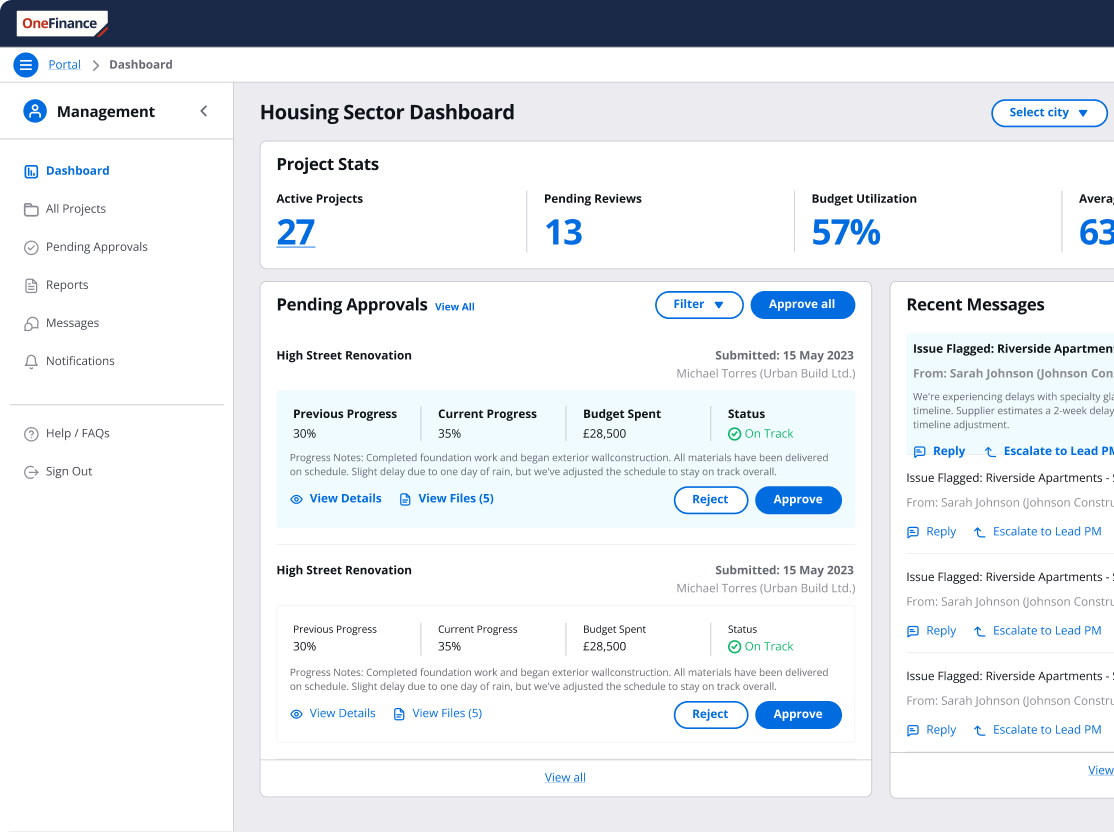
Designed a digital platform to transform how UK local governments plan, monitor, and report on development projects. The system connects contractors, project managers, and government leadership through a unified workflow that replaces fragmented legacy systems.
Challenge
Every UK development project gets delayed by 16-44 months and costs 19-32% more than planned, while contractors burn 36% of their time on admin work.
Local government authorities relied on an outdated desktop system ("Oracle Primavera P6"), a desktop application developed by Oracle, facing following challenges:
1. Physical constraint - the software need to install in the local computer
2. No design scalability (API integration, role-based data management)
3. Time consuming and bureaucrat process
4. Not friendly UX and UI
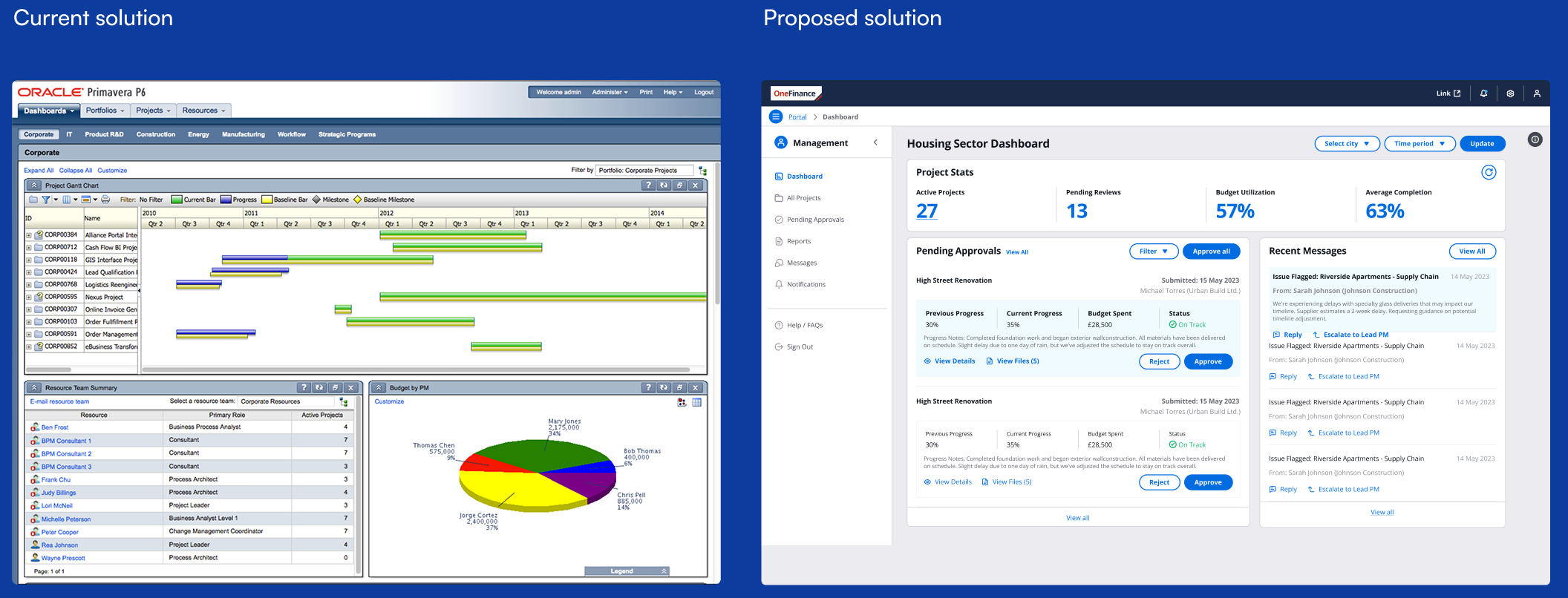
Goal
While collaborating with two other talented designers (Adam and Leo), my primary focus was analyzing the workflow between contractors and project managers to identify their communication connection points and uncover hidden pain points in their current processes - conducting deep-dive research into how these two user groups interact, submit updates, and handle approvals to create streamlined workflows that reduce friction in their daily data exchanges.
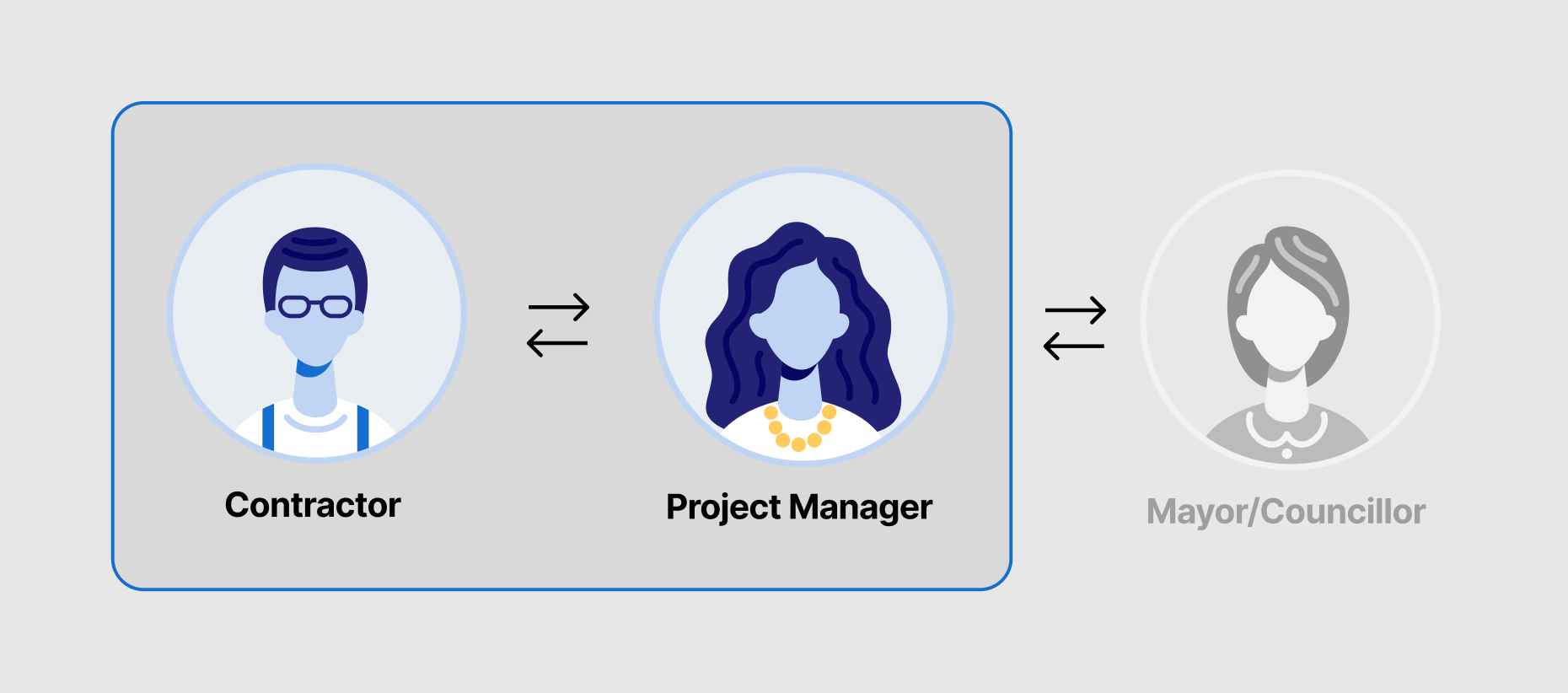
Research and Synthesis
The research phase began with a clear intention to identify current system pain points and understand the workflow between contractors and project managers. To achieve this, I conducted stakeholder interviews and observed them in their contextual work environment to uncover hidden pain points that users weren't consciously aware of - discovering how they had unknowingly built workaround patterns on top of flawed workflows.
Interview insights
Contractors
Spending 25-30% of their time on administrative tasks
68% needed to submit updates from construction sites with limited connectivity
No status update after the submission
Project Managers
Spending 8-10 hours manually compiling data
59% receiving incomplete or inaccurate submission
3/5 projects need forth clarifications with contractors
Stakeholder Workshop
Following our research, my team and I conducted a workshop with all stakeholders to understand what improvements they wanted and which new features would benefit their current workflows. With everyone suggesting different options, the insights from this workshop helped us identify the main challenges that needed to be addressed first and establish our design priorities.
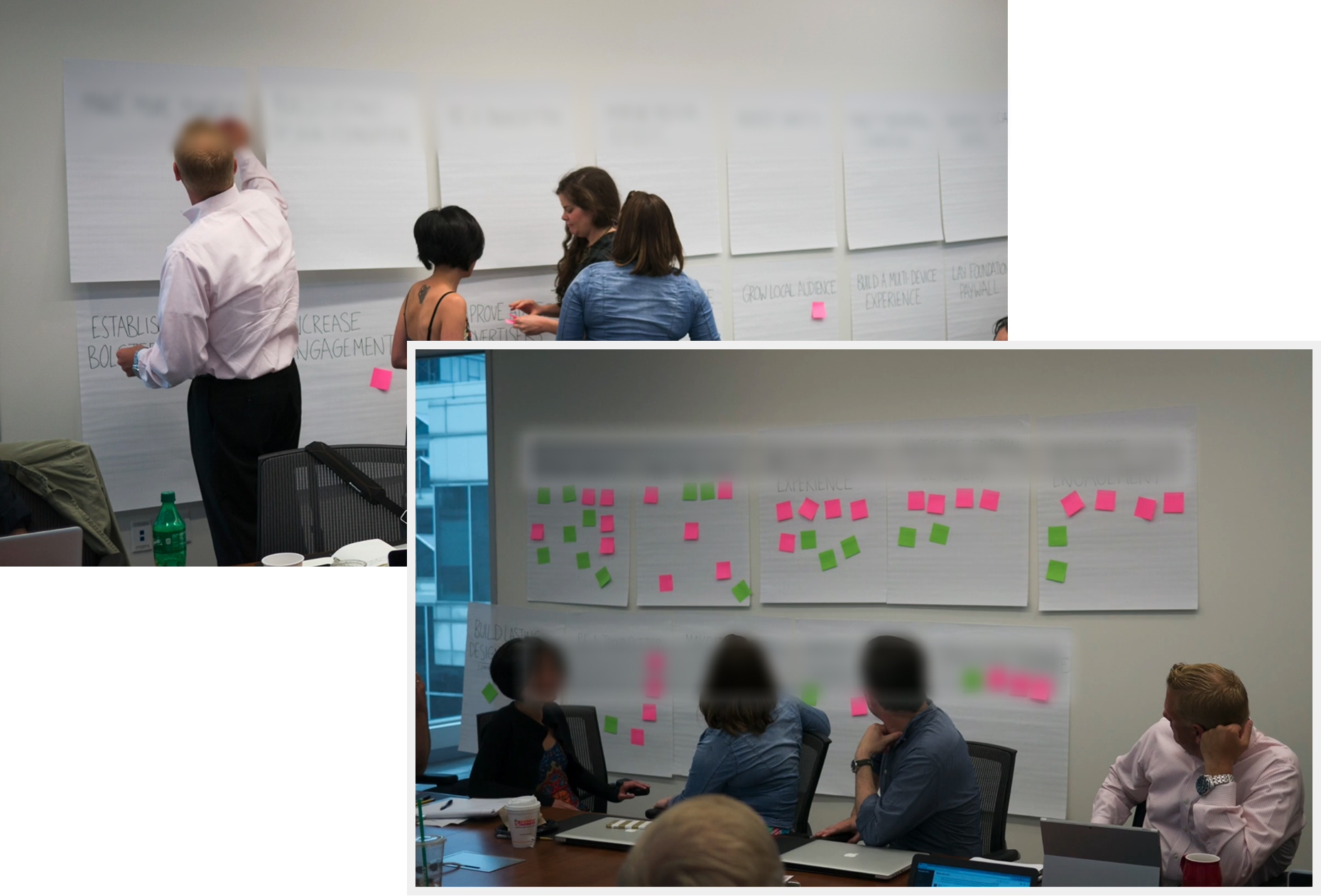
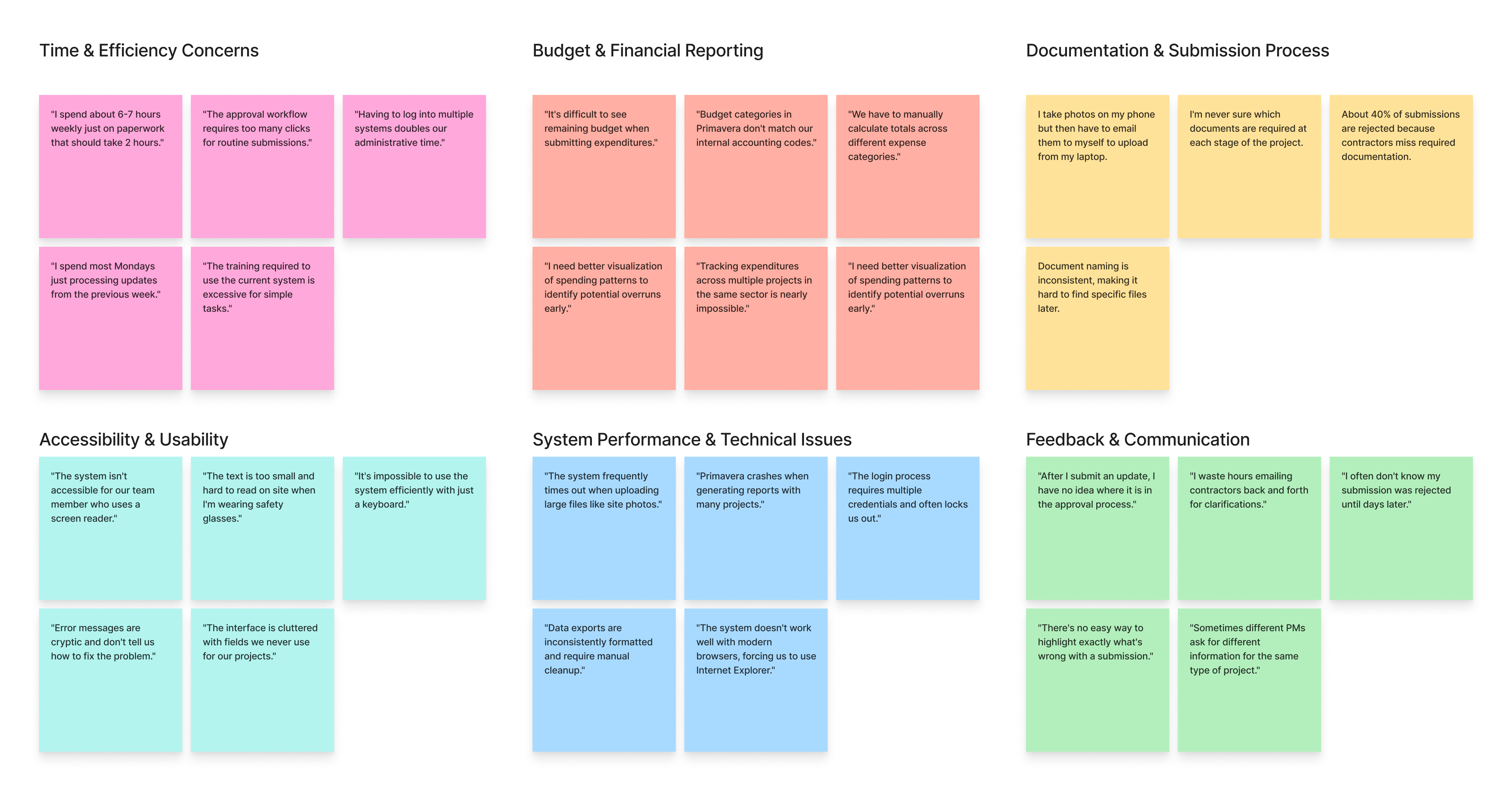
Workshop insights
the insights from this workshop helped me identify the priorities for the first MVP.
Unified form submission format for any type of project
Easy navigation for a project submission form and the list of projects
More context about the project budget and progress by the time of reviewing the project
Retrieving the projects documents and filing on the platform
Track the project progress or find the communication threads for follow-ups
Supporting different format of file in project submission phase
User flow
After observing Contractors and Project Managers workflow and how they interact with each other, I wanted to find in which point they connect in workflow and start our communication.



Design
The research phase began with a clear intention to identify current system pain points and understand the workflow between contractors and project managers. To achieve this, I conducted stakeholder interviews and observed them in their contextual work environment to uncover hidden pain points that users weren't consciously aware of - discovering how they had unknowingly built workaround patterns on top of flawed workflows.XXXXXXXXXXXXXXXXX
Information hierarchy
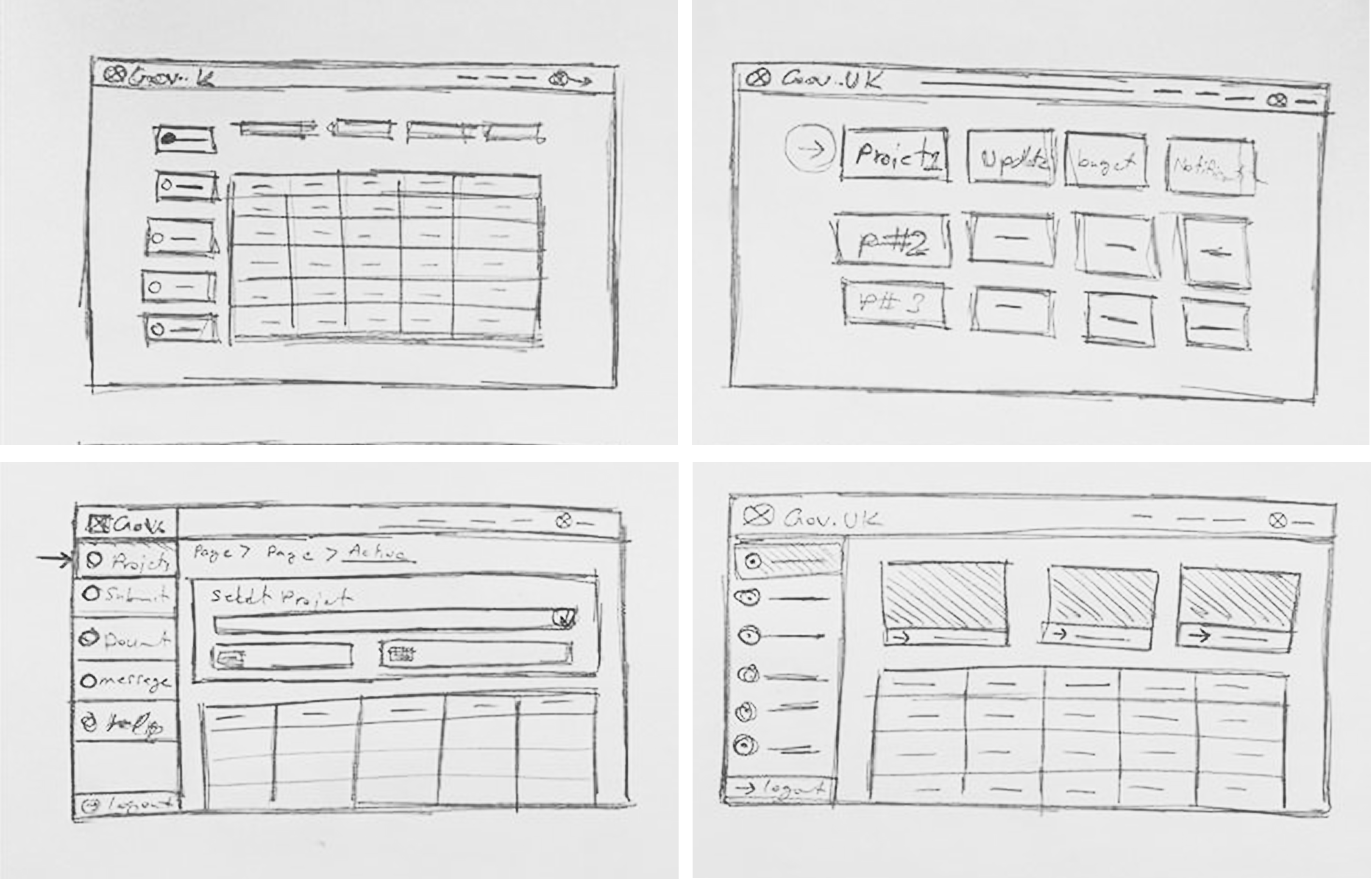
The research phase began with a clear intention to identify current system pain points and understand the workflow between contractors and project managers. To achieve this, I conducted stakeholder interviews and observed them in their contextual work environment to uncover hidden pain points that users weren't consciously aware of - discovering how they had unknowingly built workaround patterns on top of flawed workflows.XXXXXXXXXXXXXXXXX
%201.png)
Visual references and mood-board
The research phase began with a clear intention to identify current system pain points and understand the workflow between contractors and project managers. To achieve this, I conducted stakeholder interviews and observed them in their contextual work environment to uncover hidden pain points that users weren't consciously aware of - discovering how they had unknowingly built workaround patterns on top of flawed workflows.XXXXXXXXXXXXXXXXX
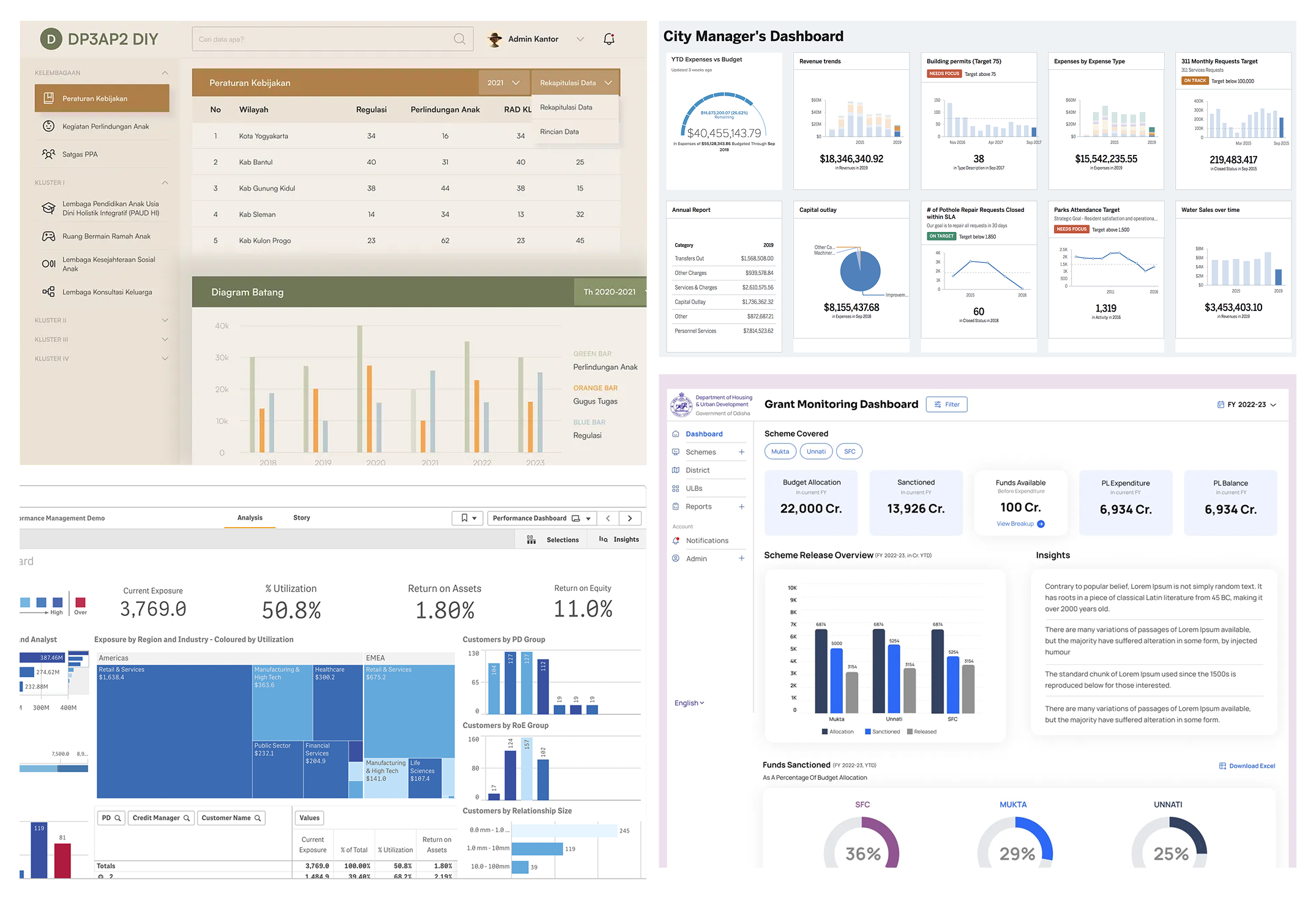
Wireframe
Low-fidelity
The research phase began with a clear intention to identify current system pain points and understand the workflow between contractors and project managers.XXXXXXXXXX
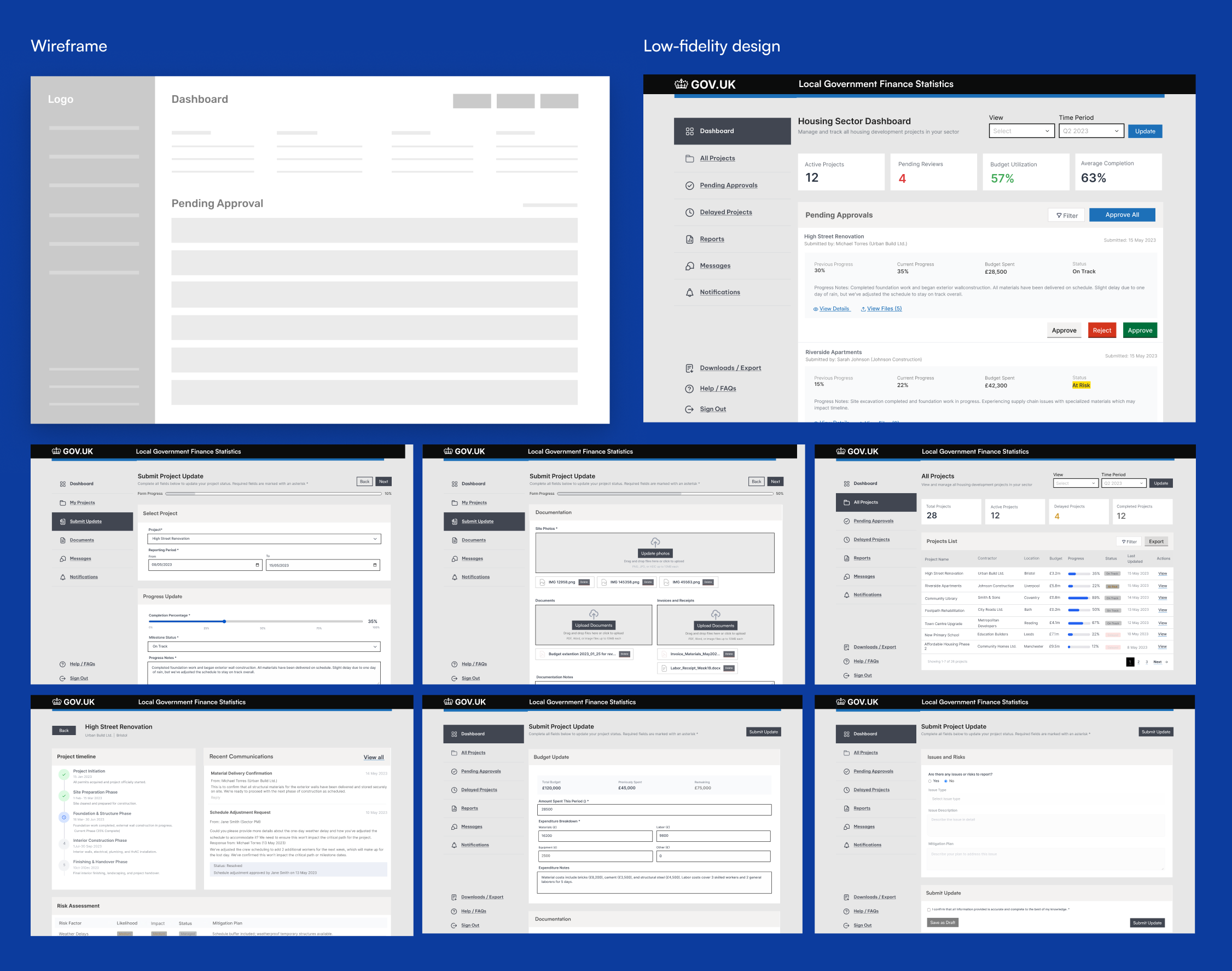
High-fidelity
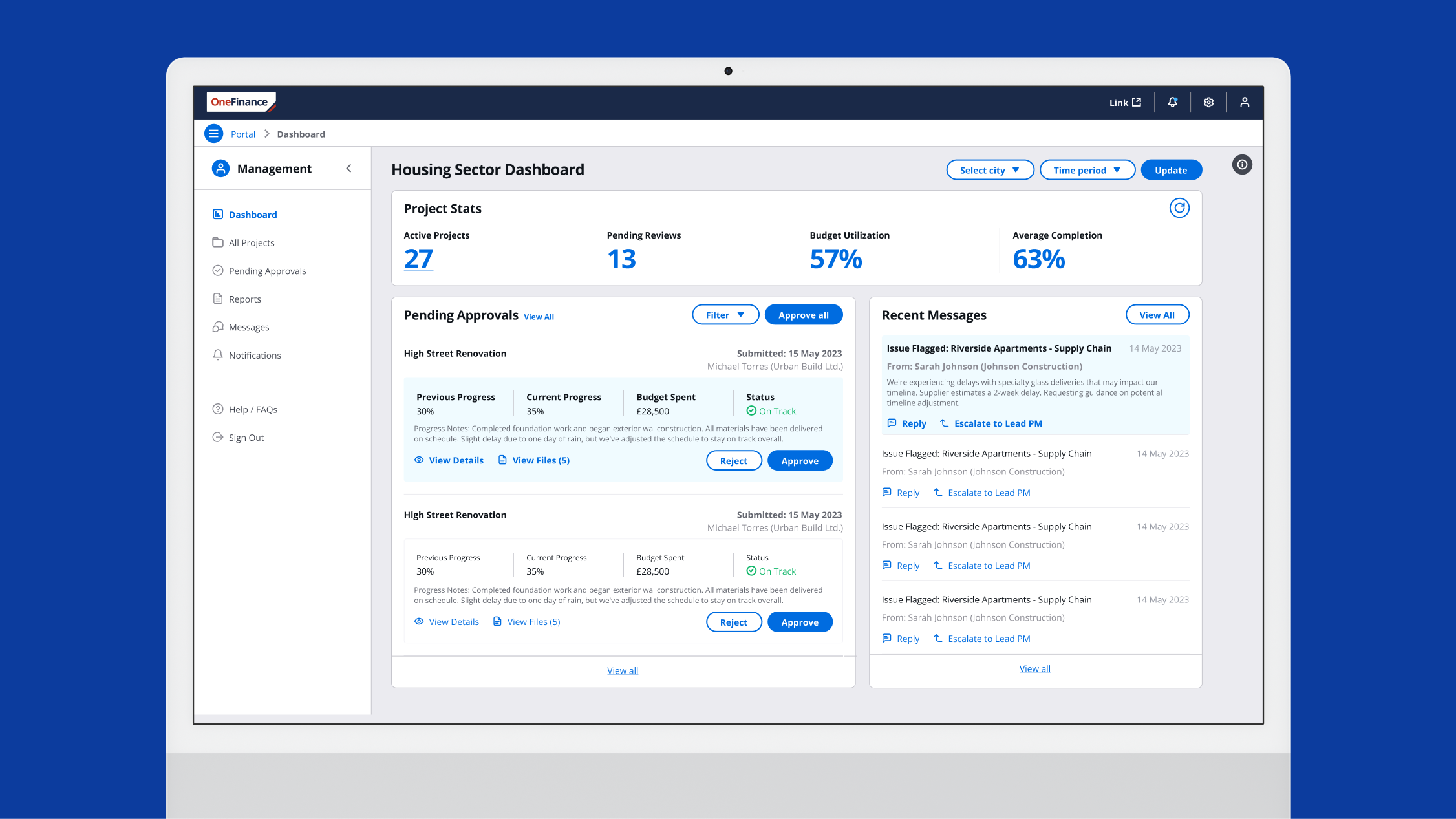
Project Manager Experience Flow
Contractor Experience Flow
Testing
Information hierarchy
The research phase began with a clear intention to identify current system pain points and understand the workflow between contractors and project managers. To achieve this, I conducted stakeholder interviews and observed them in their contextual work environment to uncover hidden pain points that users weren't consciously aware of - discovering how they had unknowingly built workaround patterns on top of flawed workflows.XXXXXXXXXXXXXXXXX
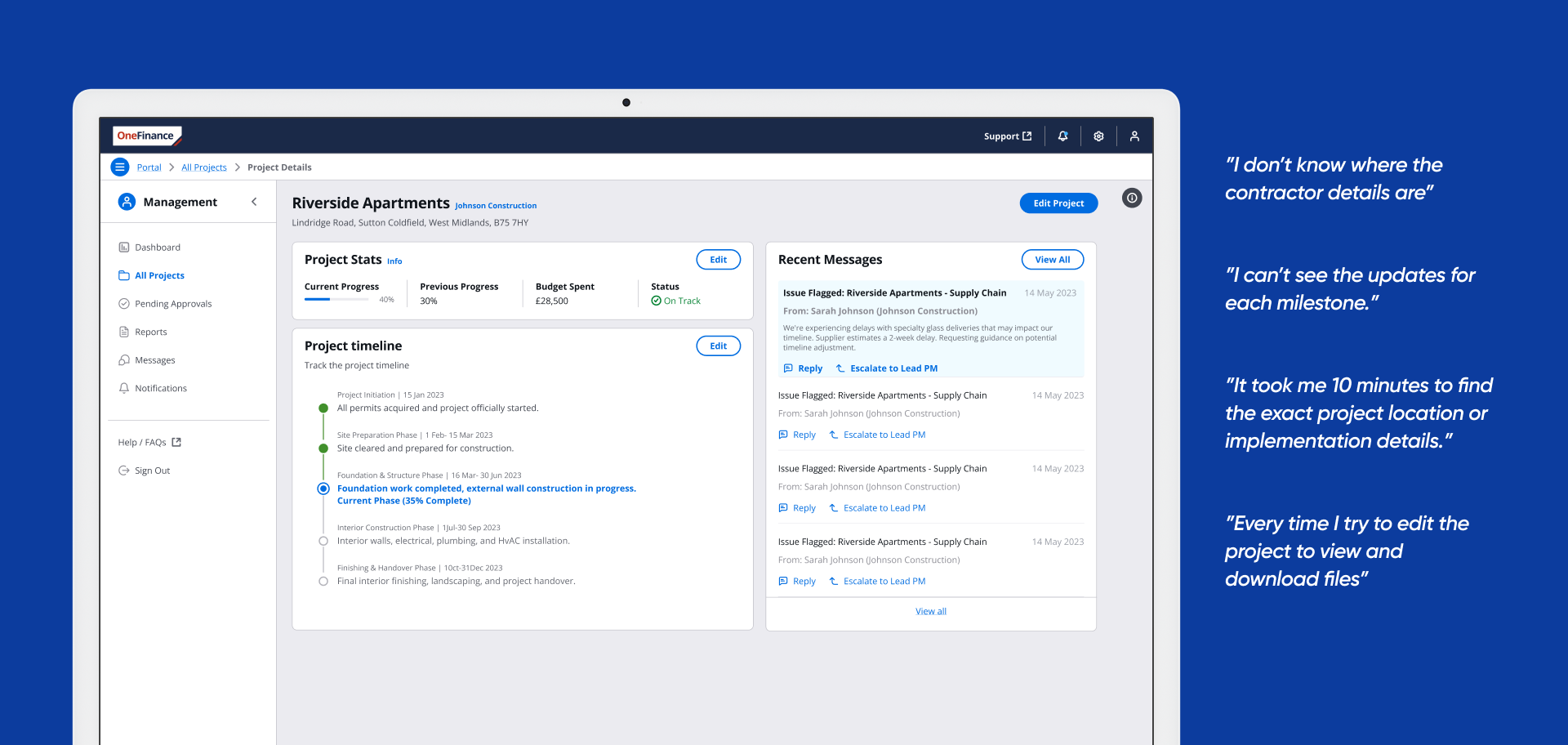
The research phase began with a clear intention to identify current system pain points and understand the workflow between contractors and project managers. To achieve this, I conducted stakeholder interviews and observed them in their contextual work environment to uncover hidden pain points that users weren't consciously aware of - discovering how they had unknowingly built workaround patterns on top of flawed workflows.XXXXXXXXXXXXXXXXX
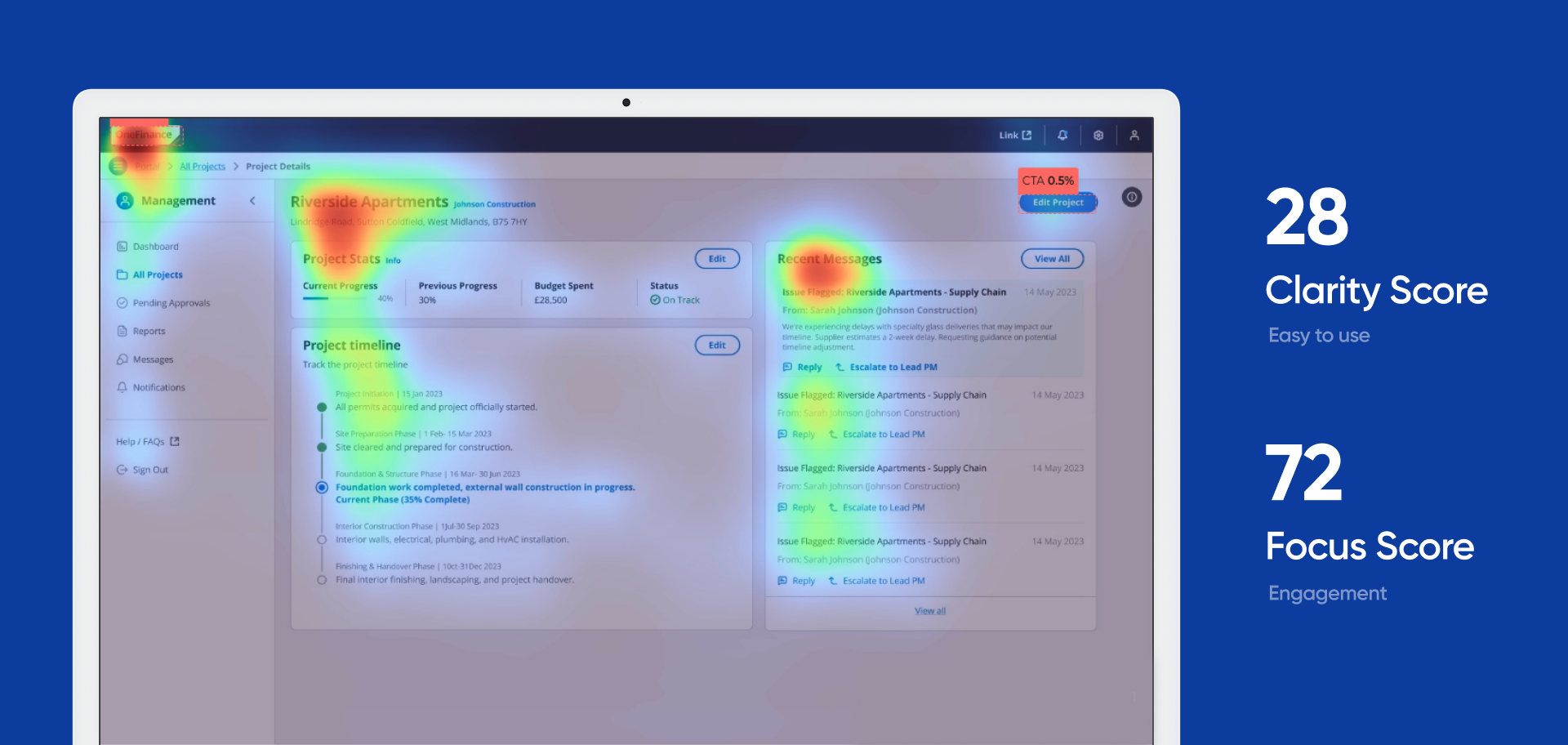
The research phase began with a clear intention to identify current system pain points and understand the workflow between contractors and project managers. To achieve this, I conducted stakeholder interviews and observed them in their contextual work environment to uncover hidden pain points that users weren't consciously aware of - discovering how they had unknowingly built workaround patterns on top of flawed workflows.XXXXXXXXXXXXXXXXX
The research phase began with a clear intention to identify current system pain points and understand the workflow between contractors and project managers. To achieve this, I conducted stakeholder interviews and observed them in their contextual work environment to uncover hidden pain points that users weren't consciously aware of - discovering how they had unknowingly built workaround patterns on top of flawed workflows.XXXXXXXXXXXXXXXXX
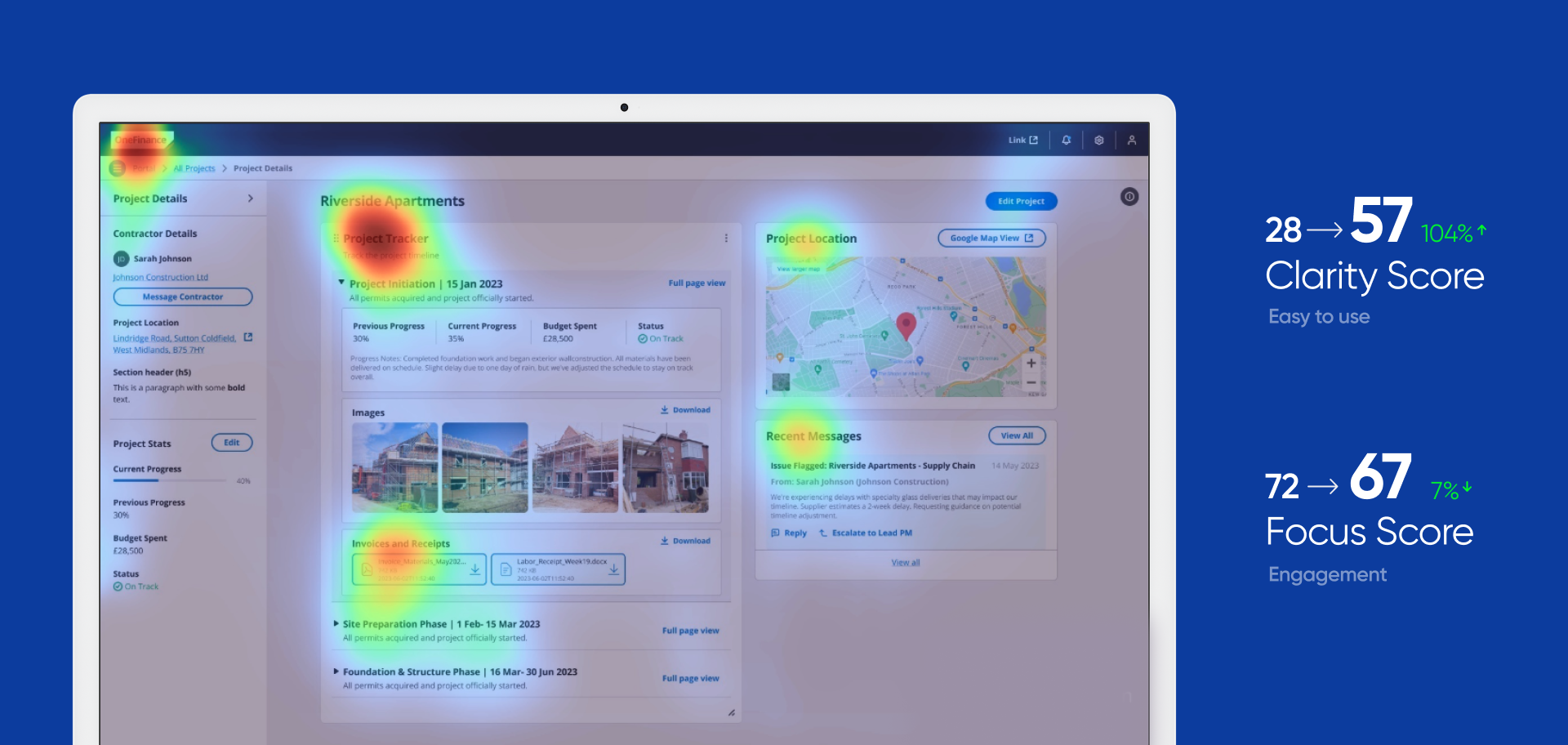
Impact
Information hierarchy
The research phase began with a clear intention to identify current system pain points and understand the workflow between contractors and project managers. To achieve this, I conducted stakeholder interviews and observed them in their contextual work environment to uncover hidden pain points that users weren't consciously aware of - discovering how they had unknowingly built workaround patterns on top of flawed workflows.XXXXXXXXXXXXXXXXX


